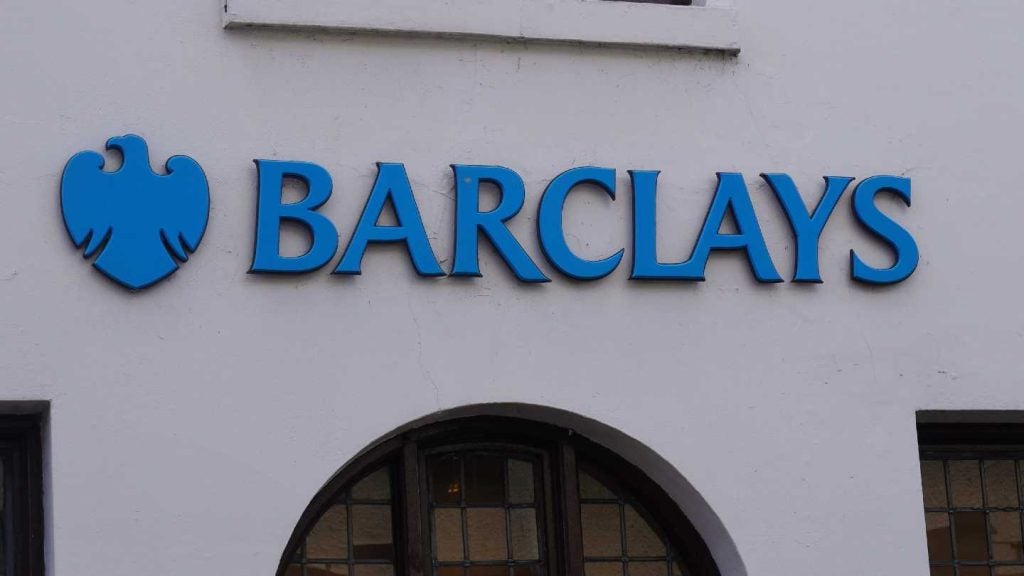Since 2016, the assets under management in this sector have tripled; only in the UK the alternative investment market raised about £135bn from the day of its creation.
But with rapid shifts comes growing pains. Regulatory hurdles and consequent operational inefficiencies threaten to slow the industry’s speed. But what exactly is standing in the way, and more importantly, how can we clear the path for expansion?
Bottlenecks of the industry
Despite the continued growth of alternative fund management, structural challenges are pressuring innovation. The industry’s struggles range from regulatory overload to outdated approaches to alternative investments. For example, frameworks like AIFMD II and SFDR updates are evolving, and AML/KYC regulations are becoming even tighter. Together, they are piling on compliance burdens across Europe.
The challenge is not just the fact that the number of rules is increasing; the main headache is their fragmented implementation across jurisdictions. Since the UK left the EU’s single market, financial institutions now have to follow two different sets of rules. This makes compliance more expensive and operations more complicated.
AIFs that handle crypto funds face even more difficulties. One particular issue is the limited number of suitably licensed providers. Under MiCA, only CASP-licensed firms can offer services, yet many lack full capabilities or restrict the number of tokens they support.
The set of rules for traditional banking infrastructure is another major roadblock. Opening fund bank accounts, a process that from first glance should be easy and smooth, now frequently takes over a month due to heightened due diligence and risk aversion. Exceptions made of a few actors, European banks remain very cautious and conservative, as with such an approach, they often restrict fund managers’ access to essential financial services.

US Tariffs are shifting - will you react or anticipate?
Don’t let policy changes catch you off guard. Stay proactive with real-time data and expert analysis.
By GlobalDataBuilding trust with investors
Given these complexities, how can AIFs navigate them successfully? The key is to be proactive and build trust with clients through best practices. One powerful approach is to collaborate with compliant service providers and embrace regtech solutions. As regulatory burdens rise, regtech has become an essential tool, growing at almost 25% and helping more and more businesses worldwide adapt with ease.
Speaking more about transparency, AIFs must demonstrate strong governance and adherence to clear reporting. Embracing technology, for example, real-time reporting and blockchain-based record-keeping, can take their efficiency to the next level. They can also find smart contracts and tokenized fund shares as a way to make fund administration easier and increase liquidity. A report by BCG forecasts that the asset tokenization market could expand into more than a $16trn business opportunity by 2030, potentially representing 10% of global GDP.
Nevertheless, investor security does not rely solely on AIFs — it is a collaborative effort involving at least three parties: depositaries, custodians, and auditors. Each of them contributes to keeping investor assets safe. Depositaries and custodians protect fund assets by ensuring proper oversight, and auditors provide independent verification of financial statements, checking for accountability. This interconnected system acts as a safety net, and no single player bears the full burden — each layer should work properly and keep investors’ assets secure.
The need for simplicity
A way out for a simpler, more organized industry is obvious — regulations should become more transparent. A big change for the industry would be eliminating redundant reporting requirements that add little value. For companies operating both in the UK and in the EU, the harmonization of regulations can also be highly beneficial. The alignment of laws will help the UK attract even more capital, increase market access, and remove barriers for European fund managers and investors.
Although, for now, regulation and other issues remain a headache for AIFMs, I believe that we are on a path to a better future. Lawmakers around Europe recognize this problem and agree that there is a need for more effective and easier regulation. That’s why the EU initiative on law simplification is aimed to reduce 25% of the administrative burden for all companies, resulting in €37.5bn in administrative cost reduction at the end of this mandate.
Importantly, the framework is already changing through updates, such as the recent UK’s Digital Securities Sandbox or the EU’s MiCA framework. Both were introduced late last year to help institutions adopt these technologies more easily, paving the way for wider acceptance of tokenized securities and blockchain-based investments.
Julie Bourgeois is the Head of Legal and Compliance at 6 Monks, an alternative investment fund manager (AIFM).







